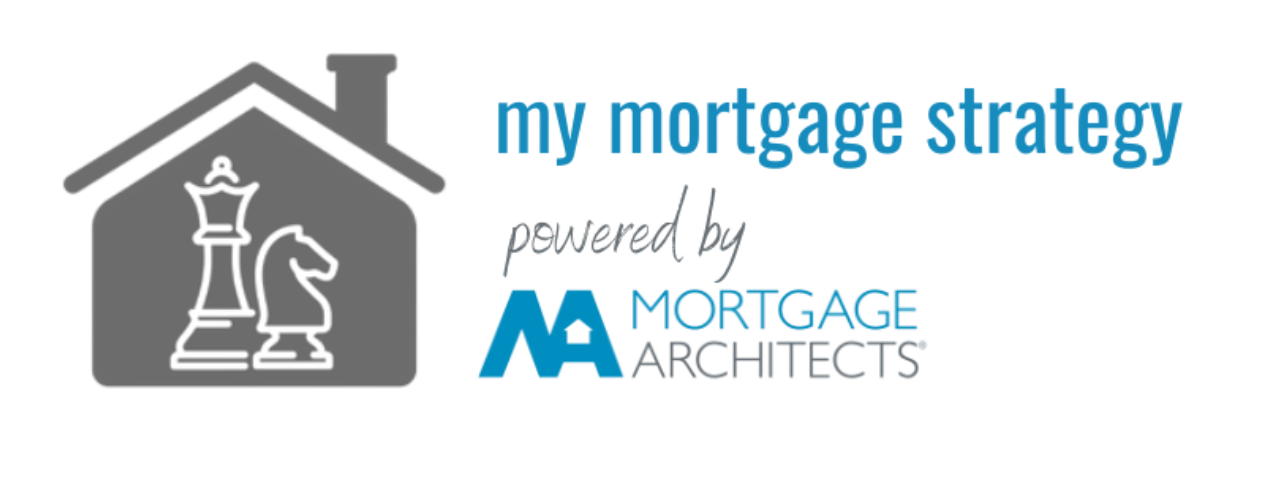
If you’ve ever applied for a mortgage, you’ve probably heard the phrase “creditworthiness.” But what does that actually mean?
Behind the scenes, lenders use a framework called the Five Cs of Credit — a time-tested method of assessing risk that’s been around for over 100 years. The core principles haven’t changed, but how we apply them has evolved dramatically thanks to technology, complex incomes, and ever-changing lending rules.
Let’s break it down:
1. Character: Do You Pay Your Bills on Time?
Once upon a time, a handshake and a good reputation in your community were enough. Today, it’s all about data:
- Your credit score (from Equifax or TransUnion)
- Your payment history — late payments, delinquencies, or perfect track records
- Banking behaviour — NSF patterns, over-limit usage
- Public records — bankruptcies, judgments, consumer proposals
- Credit-seeking behaviour — too many recent inquiries can signal financial stress
Two borrowers might both have a 680 credit score, but if one has a clean history with one explainable late payment and the other has maxed-out cards, multiple missed payments, and four recent credit checks, lenders see very different levels of risk.
2. Capacity: Can You Actually Afford It?
This isn’t just about your salary anymore. In today’s world, borrowers often piece together income from multiple sources:
- T4 employment
- Self-employment or side hustles
- Rental income
- Investments
- Gig work, crypto, or even monetized social media
Lenders analyze your total household income, your existing debts, and how future rate hikes could impact affordability through a stress test. The goal? To make sure your mortgage payment won’t leave you house-poor.
3. Capital: How Much Skin Do You Have in the Game?
Your down payment still matters — but so does where it comes from. In today’s regulatory environment, lenders need to verify:
- The source of your funds
- Gift documentation from family (with proper letters and proof of ability to gift)
- 90-day history on savings
- Compliance with anti-money-laundering rules
- Your ability to cover closing costs and still have a cushion afterward
Every dollar you’re using has to be accounted for. It’s less about distrust and more about ensuring you’re set up for financial success.
4. Collateral: What Happens if Things Go Wrong?
This is where lenders look at the property itself. It’s not just about appraised value anymore — the type and location of the property matter too:
- Rural vs. urban (different lending limits)
- Condo size and health of the strata
- Environmental risks like flood zones or former grow-ops
- Mixed-use or leasehold properties that may need special approvals
In short: not all homes are created equal in the eyes of a lender.
5. Conditions: What’s Happening Around You
Finally, lenders look at the bigger picture:
- Interest rate trends
- Local market conditions
- Industry-specific risks
- Regulatory changes
- Environmental or political factors
For example, a tech worker in Vancouver and an oilfield worker in Alberta might both earn $120K, but their industries carry very different long-term risks — and lenders consider that.
Why This Matters for You
Understanding the Five Cs can give you an edge when applying for a mortgage. It helps you:
- Anticipate what lenders will look at
- Strengthen your application where needed
- Avoid surprises that could derail your approval
And here’s the best part: you don’t have to navigate it alone. I’ll walk you through exactly how your personal Five Cs stack up and build a strategy to get you the best possible mortgage solution.
